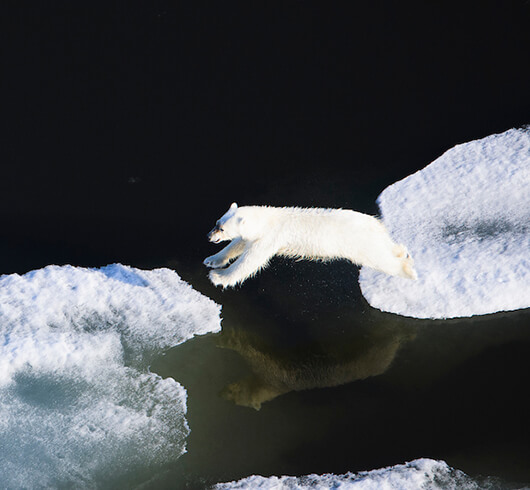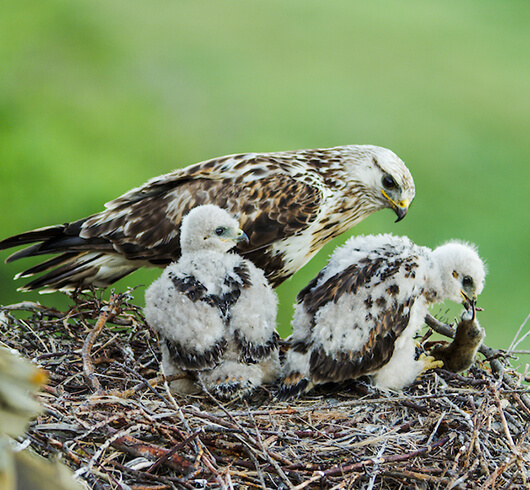AN EXCEPTIONAL AMERICAN LANDSCAPE
America’s Western Arctic represents one of the most exceptional and climate-critical landscapes in both the country and the world. Covering more than 23 million acres of Alaska’s northern coastline along the Arctic Ocean, this pristine public land is home to Iñupiaq Peoples as well as an incredible abundance of wildlife. Teshekpuk Lake - a designated environmental special area larger than Lake Tahoe - has been called the “Heathrow of the animal world,” hosting the densest population of the world’s 100 million shorebirds and waterfowl. The Western Arctic is home to the largest population of Arctic Alaska's grizzly bears, as well as wolves, wolverines, and more than half a million caribou. Some of the world’s most abundant paleontological sites can be found here, where scientists continue to uncover new discoveries about ancient dinosaurs from the Arctic’s more temperate past. And the marine ecosystem of the Western Arctic is a key feeding ground for bowhead whales who make their home alongside belugas, polar bears, seals, and fish.
The Western Arctic is rich in cultural and ecological features. It is also one of America's most climate-critical ecosystems, providing annual ecosystem services (the dollar value of plants cleaning air, rivers cleaning water, healthy fisheries and outdoor recreation) worth billions alongside the neighboring Arctic National Wildlife Refuge. Combined with America's commitments to combatting our rapidly changing climate, this unique landscape is more valuable left as America's largest tract of pristine public land owned by every American citizen.









